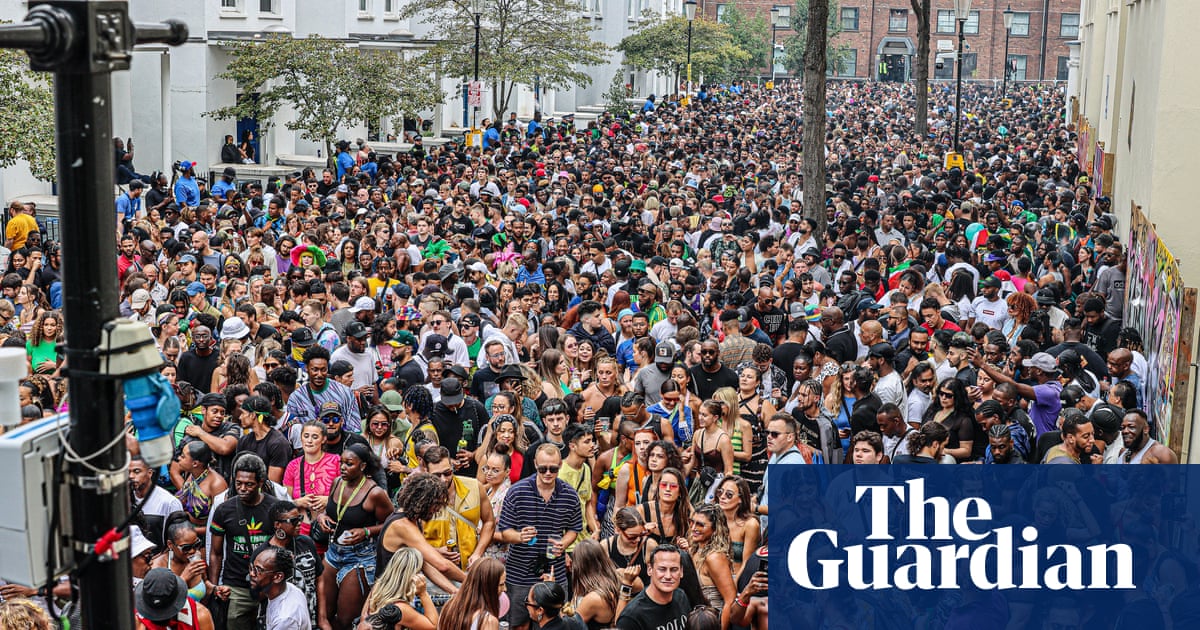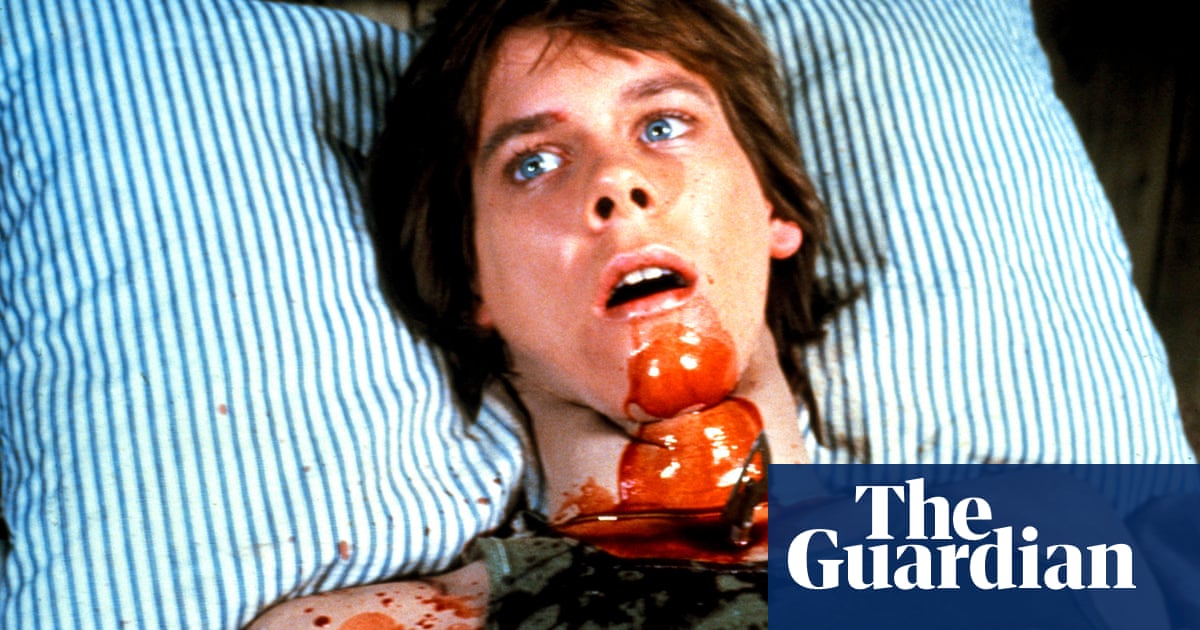
Steve Waddington, songwriter, producer
Jon Marsh and I had been in an earlier, guitar-based version of the Beloved. We did two sessions for John Peel’s radio show, but then we slimmed to a duo and started making electronic music. It was the late 80s and house was just emerging. Jon had discovered an acid house club in London called Shoom and took me along. He said: “Come in here, take one of these and I’ll see you in the morning.” There was so much dry ice I couldn’t see my hand in front of my face. I just danced all night. After that, we’d go to these clubs, then come home and re-create that emotional rush in our own music.
The Sun Rising started in my front room, just me, a little Casio keyboard and a four-track recorder. The Casio had a microphone in it so you could hold it up to a loudspeaker to sample things in a primitive fashion. I took the single note from the oboe in Stravinsky’s Rite of Spring and played a little melody with it, then subtly used a brass chord from a piece by Ravel.
I was listening to house tracks with a spiritual feel, Can U Feel It by Mr Fingers AKA Larry Heard and Joe Smooth’s Promised Land, which went: “Brothers and sisters, one day we will be free.” They’d play them in clubs next to Martin Luther King’s I Have a Dream speech. I became fascinated by the idea of making a club track with something deep and meaningful over it.
I was listening to medieval music and had an album by Gothic Voices called A Feather on the Breath of God. I sampled a few seconds of soprano Emily Van Evera’s vocals on one of its songs, O Euchari. I played it over the track I was creating and it instantly sounded great. Their record company sued us after The Sun Rising became a hit, which cost us a lot of money [they settled out of court].
The Beloved signed to Warner Bros and The Sun Rising went from my front room to producer Martyn Phillips’ front room. He had much better gear – a Juno 60 synth, TR-80 drum machine, Minimoog, Akai sampler – and programmed everything into an Atari computer. The track sounded great as an instrumental. Then Jon came in and said: “I’ve got a vocal for this.” But because it was Martyn’s house, we had to keep the volume down and stop at teatime.
Jon Marsh, songwriter, vocals
I’d had an incredible night out at a basement party called Joy, hosted by Danny Rampling. This tune had been going around in my head all night. I got home to my flat in a very star-spangled, blissed-out mood and watched the sun coming up. I don’t remember thinking: “I’m going to write about the sun rising.” But the experience did seem to suggest what the song should be about.
As an instrumental, the track was beautiful but it still had no chorus. In the end, I realised that the soprano sample from O Euchari could be the hookline, and more or less a chorus. I just needed to be subservient to it and sing around it. By the time we got round to recording it, the record company had almost given up on us. They had tried to turn us into a pop group but both our singles for them had flopped, so they were leaving us to our own devices. We recorded at night because studio time was cheaper. I ended up singing about the sun rising just as the sun was rising.
The lyric is quite abstract, fragments of memories from a night in a club within clouds of dry ice. The line “learn to love your secret life” describes what life was like for us then, with dance music culture still firmly underground.
The song blew up at the end of the summer of 1989, by which time a whole generation were going to outdoor raves. What other record are you going to play at 5.30am as the sun is rising? I remember the Wedding Present’s David Gedge, who we liked, getting a bit shirty with us, saying: “You’ve sold out.” One minute, we were touring with the Fall and doing John Peel sessions. The next we were on Top of the Pops.
• A 30th anniversary edition of the Beloved’s Happiness album, containing The Sun Rising and unreleased recordings, is out now on New State.












